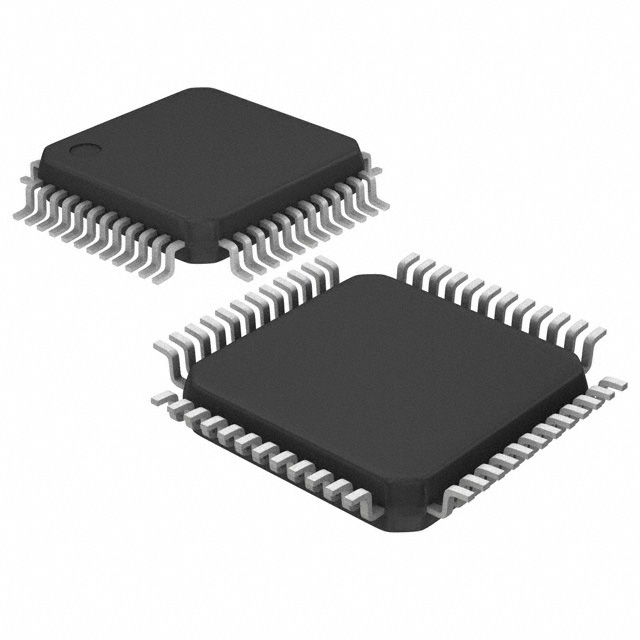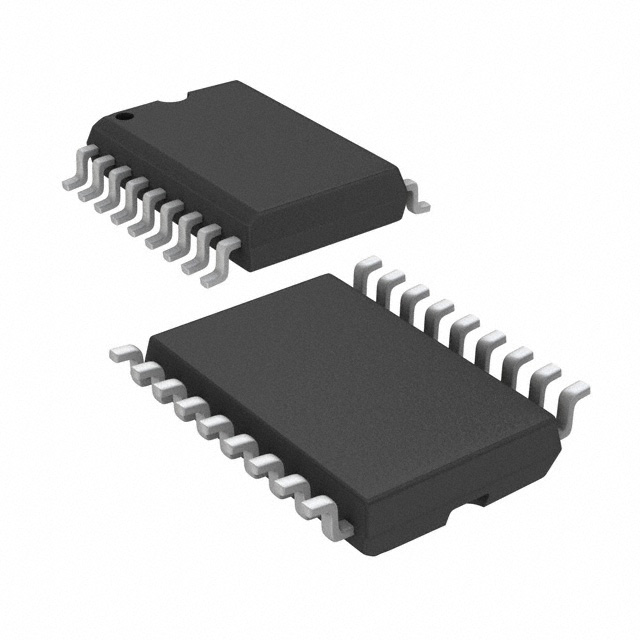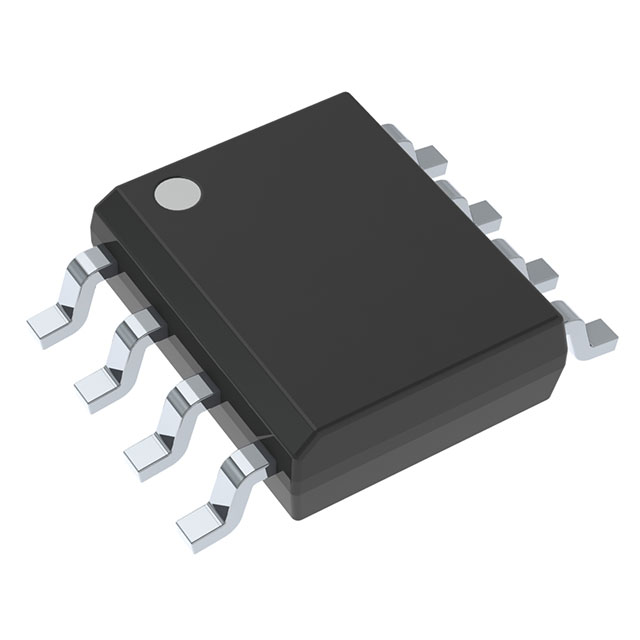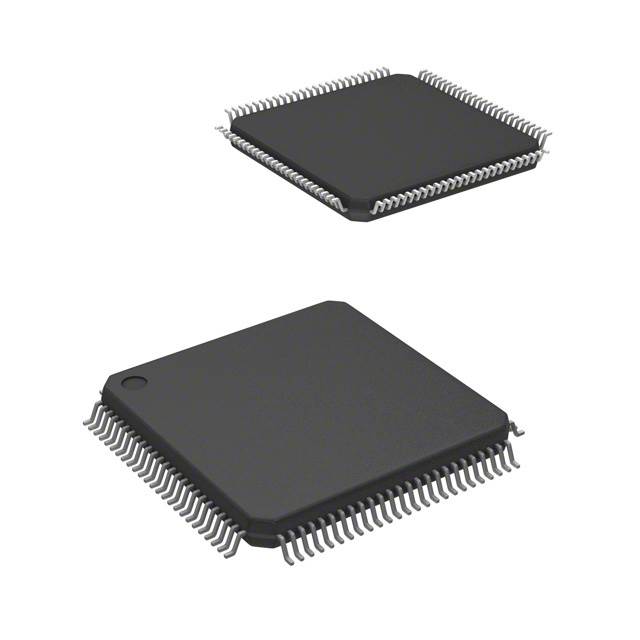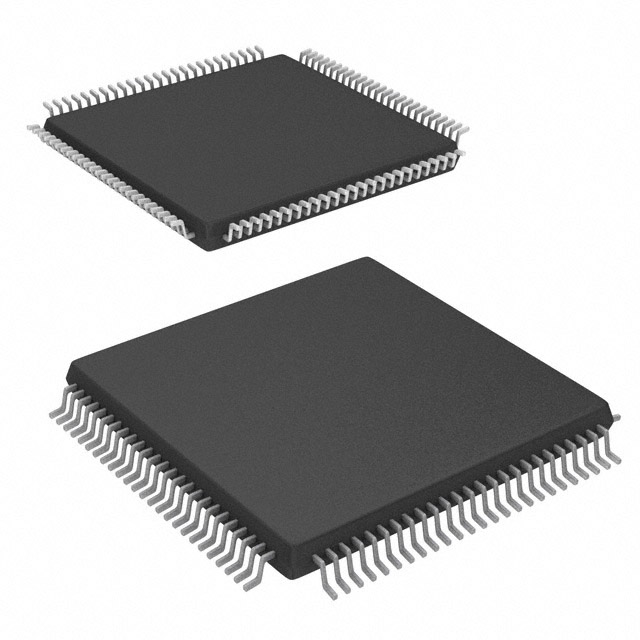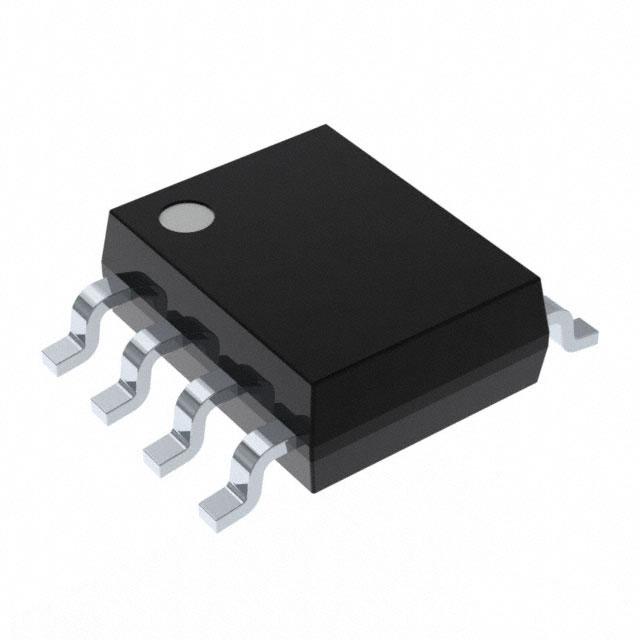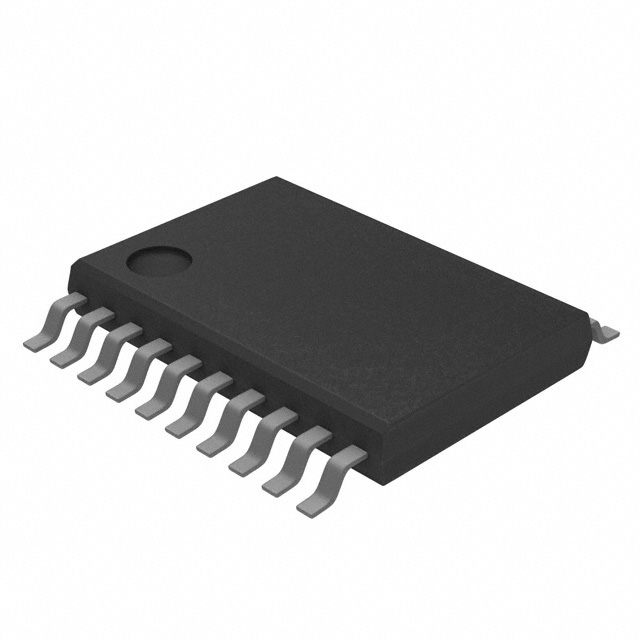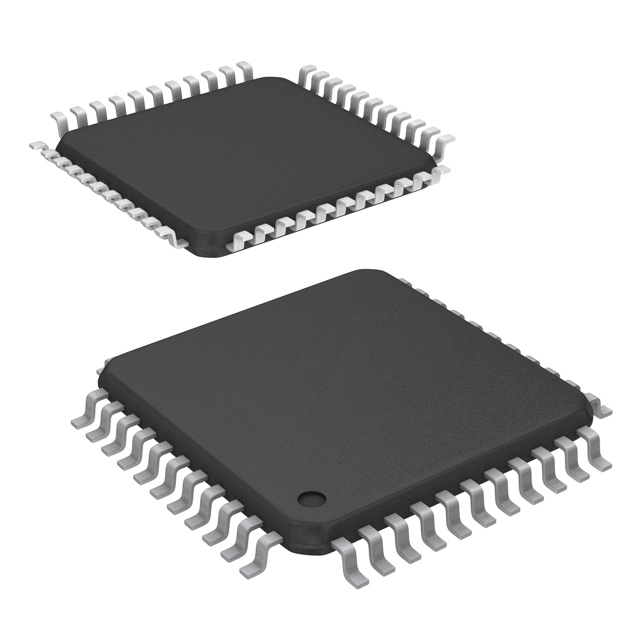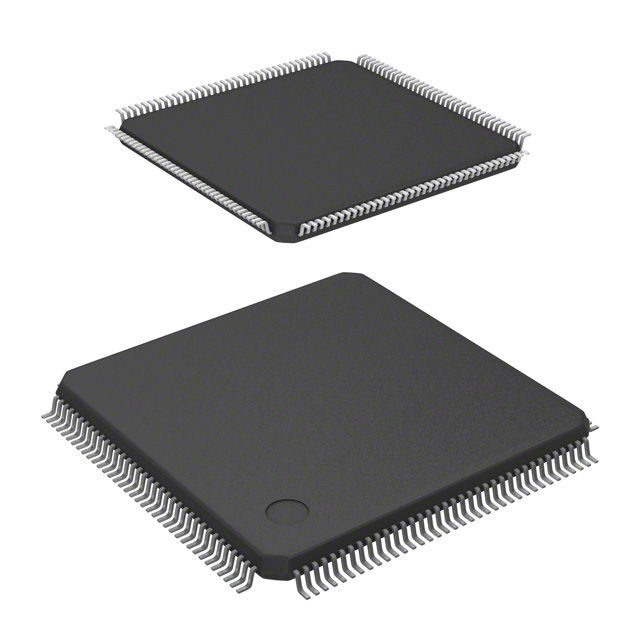

LR44 Battery Equivalent: All You Need to Know
Catalog
The LR44 Battery: A Quick Technical OverviewPersonal Story #1: The Watch That Wouldn’t Keep TimePersonal Story #2: The Toy That Ate BatteriesPersonal Story #3: The Medical Device MishapTechnical Deep Dive: What Makes a Battery “Equivalent”?How to Spot Quality and Avoid FakesEnvironmental and Safety ConsiderationsFrequently Asked Questions—From Real UsersWhy Search for LR44 Equivalents?Decoding the Equivalents: What Do All These Codes Mean?Alkaline vs. Silver Oxide: Which Should You Choose?How to Pick the Right Equivalent—A Step-by-Step GuideWhere to Buy—and What to Watch Out ForEnvironmental and Safety ConsiderationsClearing Up Common QuestionsReal User ExperiencesConclusion: Smart Choices for Reliable PowerIf you’ve ever owned a small electronic device—a digital thermometer, a laser pointer, maybe a favorite toy—you’ve probably encountered the LR44 battery. It’s a tiny, round cell, easy to overlook until the day your gadget stops working and you’re suddenly on a mission: replace the battery and get things running again.
But here’s where things get complicated. You head to the store, or maybe search online, and you’re bombarded with codes and names: LR44, AG13, A76, 357, SR44. Are these all the same? Which one should you buy? And what’s the difference, anyway?
Let’s walk through the LR44 battery equivalent maze together, focusing on what really matters for everyday users like you.

The LR44 Battery: A Quick Technical Overview
The LR44 is a standard alkaline button cell battery. Its specs:
- Diameter: 11.6 mm
- Height: 5.4 mm
- Voltage: 1.5V (alkaline)
- Capacity: Usually around 110-150 mAh (depends on brand and chemistry)
Chemistry:
Alkaline batteries like the LR44 use zinc and manganese dioxide. When you see codes like AG13 or A76, you’re looking at the same chemistry, just branded differently.
Silver Oxide Alternatives:
Codes like SR44 or 357/303 refer to silver oxide batteries. These have a slightly higher voltage (1.55V) and a more stable discharge curve, meaning they maintain their voltage better as they’re used.
Personal Story #1: The Watch That Wouldn’t Keep Time
Emily, a nurse, relied on her digital watch for her shifts. When it stopped, she replaced the LR44 with a cheap AG13 bought online. It worked—for a month. Then the watch started losing time.
Frustrated, Emily researched and discovered that silver oxide batteries (SR44) hold their voltage better, which is crucial for watches. She switched to an SR44, and her watch ran perfectly for over a year.
Technical Insight:
Watches and other precision devices are sensitive to voltage drops. Alkaline batteries like LR44 lose voltage gradually, causing timekeeping errors. Silver oxide (SR44) batteries maintain a steady voltage, making them ideal for such devices.
Personal Story #2: The Toy That Ate Batteries
Mark’s son had a favorite light-up toy. It burned through LR44 batteries every few weeks. Mark tried buying AG13s in bulk online to save money, but some didn’t fit perfectly, and others seemed to die even faster.
After some research, Mark learned that not all “LR44 equivalents” are made equal. Some cheap imports have lower capacity or poor quality control. He switched to a reputable brand’s LR44 and noticed the toy lasted longer between changes.
Technical Insight:
Capacity (measured in mAh) varies by brand and chemistry. Cheap batteries may advertise as LR44/AG13/A76 but deliver less power. Always check specs and buy from trusted brands.
Personal Story #3: The Medical Device Mishap
Linda uses a digital thermometer daily. When the battery died, she grabbed a pack of A76 batteries, not realizing her device originally used SR44. The thermometer worked, but readings started fluctuating after a few weeks.
Linda’s doctor explained that medical devices often specify silver oxide batteries for their stable voltage. Switching back to SR44 solved the problem.
Technical Insight:
Medical devices and precision instruments often require silver oxide batteries for accuracy. Even a small voltage drop can affect readings or device performance.
Technical Deep Dive: What Makes a Battery “Equivalent”?
When you see “equivalent” on a battery package, it means the battery matches in physical size and voltage. But chemistry matters too.
- Alkaline (LR44, AG13, A76):Voltage: 1.5VDischarge: Voltage drops steadilyLifespan: Shorter, especially in high-drain devices
- Silver Oxide (SR44, 357/303):Voltage: 1.55VDischarge: Voltage remains stable until almost fully depletedLifespan: Longer, better for sensitive electronics
Interchangeability:
For most toys and calculators, you can swap LR44, AG13, or A76 freely. For watches, medical devices, or anything requiring stable voltage, use SR44 or 357/303.
Physical Fit:
All these batteries are the same size. Problems only arise if you buy very cheap, off-spec batteries that don’t fit snugly in the compartment.
How to Spot Quality and Avoid Fakes
Real User Tip:
Always look for reputable brands—Energizer, Panasonic, Maxell, Duracell, Sony, etc. Counterfeit batteries are common online, especially on auction sites or via third-party sellers.
Signs of Counterfeit or Low-Quality Batteries:
- Inconsistent labeling or misspelled brand names
- Batteries feel lighter than originals
- Poor packaging or no expiry date
- Batteries die quickly or leak
If possible, buy from official retailers or recognized electronics stores.
Environmental and Safety Considerations
User Story:
Tom’s toddler swallowed an LR44 battery found on the floor. He rushed to the emergency room, where doctors explained the severe risks—button cells can burn through tissue in hours.
Safety Tip:
Always store batteries out of reach of children. Dispose of used batteries at recycling centers; they contain heavy metals and chemicals that harm the environment.
Frequently Asked Questions—From Real Users
Q: Can I mix alkaline and silver oxide batteries in the same device?
A: No. Mixing chemistries can lead to leakage, poor performance, and even device damage.
Q: Are generic brands as good as name brands?
A: Sometimes, but capacity and quality vary. For critical devices, stick to trusted brands.
Q: My device lists SR44, but I only have LR44. Is it safe?
A: It will work, but performance may suffer, especially in precision devices.
Q: Why do some batteries die so quickly?
A: Cheap or counterfeit batteries often have less capacity or poor manufacturing quality.
Why Search for LR44 Equivalents?
Here’s a common scenario: you check your local store, but they’re out of LR44 batteries. Or maybe the price seems high for such a tiny item. You go online, and suddenly you see alternatives—AG13, A76, 357, SR44. Are these just different names for the same thing, or do they actually differ?
For most people, the search for equivalents comes down to three things:
- Availability: Not every store stocks LR44, but equivalents might be easier to find.
- Price: Some alternatives cost less, especially if you buy in bulk or choose a different brand.
- Compatibility: Your device might list a different code, and you want to make sure you’re buying the right battery.
Decoding the Equivalents: What Do All These Codes Mean?
Let’s clear up the confusion. LR44 isn’t the only name for this battery. Depending on the manufacturer and region, you’ll see:
- AG13: Common in Asia and among generic brands. Same size and voltage as LR44.
- A76: Often used by brands like Energizer. Again, identical to LR44.
- 357/303 and SR44: These are silver oxide versions, with a slightly higher voltage (1.55V) and longer lifespan.
- Other codes: Some brands use their own numbers, but most are interchangeable as long as the size and voltage match.
Here’s a simple table for reference:
| Code | Chemistry | Voltage | Notes |
|---|---|---|---|
| LR44 | Alkaline | 1.5V | Standard, affordable |
| AG13 | Alkaline | 1.5V | Same as LR44 |
| A76 | Alkaline | 1.5V | Same as LR44 |
| 357/303 | Silver Oxide | 1.55V | Longer life, stable voltage |
| SR44 | Silver Oxide | 1.55V | Premium option |
So, for most devices, LR44, AG13, and A76 are interchangeable. Silver oxide types (SR44, 357/303) offer better performance but cost a bit more.
Alkaline vs. Silver Oxide: Which Should You Choose?
Here’s where chemistry comes in. LR44, AG13, and A76 are alkaline batteries. They’re cheap and work well for low-drain devices like toys or calculators. But as they discharge, their voltage drops, which can affect performance in more sensitive electronics.
Silver oxide batteries (SR44, 357/303) hold their voltage steady for longer and last up to twice as long. They’re ideal for devices like watches or medical instruments, where consistent power is important.
Real-life tip: If you’re replacing a battery in a basic toy or calculator, alkaline is usually fine. For a watch or medical device, silver oxide is worth the extra cost.
How to Pick the Right Equivalent—A Step-by-Step Guide
Let’s make this practical. Here’s how to choose your LR44 battery equivalent:
- Check your device: Look for the battery code in the manual or on the old battery itself.
- Match the size and voltage: LR44 and its equivalents are 11.6 mm x 5.4 mm and 1.5V (alkaline) or 1.55V (silver oxide).
- Consider your device’s needs: For critical electronics, go silver oxide. For everyday gadgets, alkaline works.
- Buy from trusted sellers: Counterfeit batteries are common online. Stick to well-known brands and reputable stores.
- Don’t mix types: If your device uses more than one battery, make sure they’re all the same chemistry.
Where to Buy—and What to Watch Out For
You can find LR44 equivalents at supermarkets, electronics stores, and online retailers. Local stores offer convenience, but prices may be higher and selection limited. Online shops have more options and better deals, but watch out for fakes or expired batteries.
User story: Jane bought a pack of AG13 batteries online for her child’s toy. They were cheap, but most died within days. Lesson learned—quality matters more than price.
Environmental and Safety Considerations
Button cell batteries contain chemicals that can harm the environment. Don’t throw them in the trash—recycle them at designated collection points. And keep them out of reach of children; they’re a choking hazard and can cause serious injury if swallowed.
Clearing Up Common Questions
Are LR44 and AG13 the same?
Yes, they’re identical in size and voltage. The code difference is just branding.
Can I use a silver oxide battery instead of an LR44?
Absolutely, as long as the size matches. Silver oxide batteries last longer and provide steadier power.
Is it safe to mix battery types?
No, mixing alkaline and silver oxide can cause leakage or poor performance.
Are all equivalents truly interchangeable?
For most devices, yes. For sensitive electronics, check your manual or ask the manufacturer.
Real User Experiences
Let’s hear from people who’ve navigated the LR44 battery equivalent world:
- Tom’s watch stopped working, and he replaced the LR44 with an SR44. He noticed the watch ran longer between battery changes.
- Linda bought cheap AG13 batteries for her calculator. They worked, but didn’t last as long as the originals.
- Mike tried mixing different types in his child’s toy. The result was a malfunction and leaking batteries—he now sticks to matching sets.
Conclusion: Smart Choices for Reliable Power
Finding the right LR44 battery equivalent isn’t rocket science, but a little knowledge goes a long way. Focus on the facts: size, voltage, and chemistry. Buy from trusted sources, and match your device’s needs. Whether you choose alkaline or silver oxide, you’ll keep your gadgets running smoothly and avoid common pitfalls.
Next time your device needs a new battery, you’ll know exactly what to look for—and you’ll be ready to make the smart choice.
Subscribe to JMBom Electronics !



